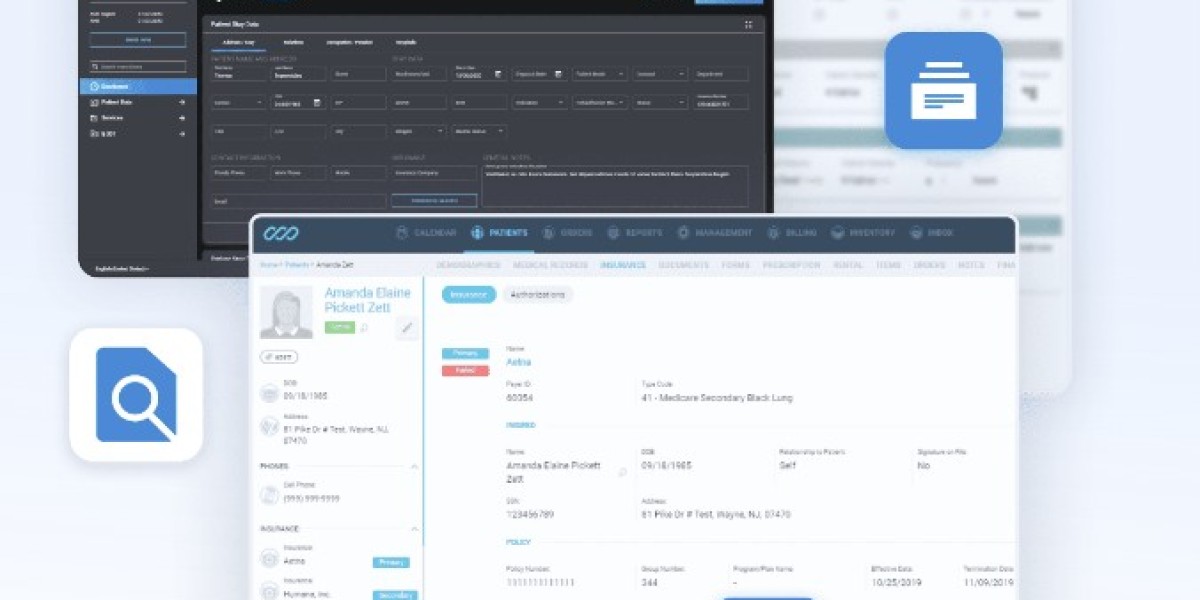Implementing EHR systems, however, presents its own set of challenges. Successful EHR implementation requires careful planning, robust technology solutions, and strategic change management. In this article, we delve into several case studies that highlight successful EHR software implementations, showcasing how various healthcare organizations navigated challenges and achieved notable improvements.
1. The AdventHealth Journey: A Comprehensive EHR Overhaul
Background
AdventHealth, one of the largest non-profit health systems in the United States, embarked on an ambitious project to overhaul its EHR system. The organization aimed to replace its outdated systems with a unified, state-of-the-art EHR solution that would enhance clinical efficiency and patient care across its numerous facilities.
Challenges
- Fragmented Systems: AdventHealth’s existing EHR systems were fragmented, leading to inefficiencies in data sharing and patient information access.
- Provider Resistance: There was considerable resistance from healthcare providers who were accustomed to their legacy systems.
- Data Migration: Migrating vast amounts of historical patient data posed a significant challenge.
Implementation Strategy
- Vendor Selection: After an extensive evaluation process, AdventHealth selected a leading EHR vendor known for its comprehensive solution and strong support infrastructure.
- Stakeholder Engagement: The organization engaged key stakeholders from the outset, including physicians, nurses, and administrative staff, to address concerns and gather input.
- Training Programs: Comprehensive training programs were implemented to ensure that all users were proficient with the new system before it went live.
- Phased Rollout: The EHR system was rolled out in phases, starting with smaller clinics and gradually expanding to larger hospitals.
Results
- Improved Efficiency: The new EHR system streamlined clinical workflows, reducing documentation time and improving provider productivity.
- Enhanced Data Accessibility: Unified access to patient records across multiple facilities improved care coordination and patient outcomes.
- Increased Patient Satisfaction: Patients experienced improved service delivery, with faster and more accurate information processing.
2. The Cleveland Clinic Experience: Integrating EHR with Patient Engagement
Background
Cleveland Clinic, a renowned academic medical center, sought to integrate EHR software with patient engagement tools to enhance patient experience and optimize healthcare delivery.
Challenges
- Integration Complexity: Integrating EHR with various patient engagement tools, such as patient portals and telehealth platforms, posed technical challenges.
- User Adoption: Ensuring that both patients and healthcare providers adopted and effectively used the new tools was critical.
- Data Security: Protecting sensitive patient data during integration and ongoing use was a top priority.
Implementation Strategy
- Strategic Partnerships: Cleveland Clinic partnered with a technology provider specializing in patient engagement solutions to ensure seamless integration with their EHR system.
- Patient-Centric Approach: The organization focused on features that directly benefited patients, such as appointment scheduling, test result access, and communication with healthcare providers.
- Robust Training and Support: Extensive training sessions and support resources were provided to both patients and staff to facilitate smooth adoption.
- Enhanced Security Measures: Advanced security protocols were implemented to safeguard patient data.
Results
- Increased Patient Engagement: Integration with patient engagement tools led to higher patient involvement in their care, with improved appointment adherence and satisfaction.
- Streamlined Communication: Direct communication channels between patients and providers facilitated quicker responses to patient inquiries and needs.
- Enhanced Data Security: The advanced security measures ensured that patient data remained protected and compliant with regulatory standards.
3. The Mayo Clinic Transformation: EHR for Research and Patient Care
Background
Mayo Clinic, a leading healthcare provider and research institution, aimed to leverage EHR software not only for patient care but also to support its research initiatives. The goal was to create a system that integrated clinical data with research capabilities, fostering innovation and improving patient outcomes.
Challenges
- Data Integration: Integrating clinical data with research databases posed significant technical and logistical challenges.
- Research Protocol Compliance: Ensuring that the EHR system complied with various research protocols and regulations was crucial.
- System Scalability: The EHR system needed to handle vast amounts of data generated from both clinical and research activities.
Implementation Strategy
- Custom Development: Mayo Clinic worked closely with EHR vendors to develop custom features that supported both clinical and research functions.
- Research Integration: Special focus was placed on integrating EHR data with research databases, enabling seamless data flow and accessibility for research purposes.
- Compliance and Security: The system was designed to meet strict compliance and security requirements related to research data handling.
- Training and Support: Tailored training programs were developed to address the needs of both clinical and research staff.
Results
- Enhanced Research Capabilities: Integration of clinical and research data facilitated more efficient and effective research activities, leading to advancements in medical knowledge and treatment.
- Improved Patient Care: Access to comprehensive data allowed for more informed clinical decisions, enhancing patient care and outcomes.
- Streamlined Processes: The unified system streamlined both clinical and research processes, improving overall efficiency.
4. The Geisinger Health System Success: EHR and Population Health Management
Background
Geisinger Health System, known for its innovative approach to healthcare, aimed to use its EHR system to enhance population health management. The goal was to leverage EHR data to improve care for specific patient populations and manage chronic conditions more effectively.
Challenges
- Population Health Analytics: Developing and implementing analytics tools to effectively use EHR data for population health management was a key challenge.
- Chronic Disease Management: Implementing workflows and protocols to manage chronic diseases through the EHR system required careful planning and coordination.
- Data Interoperability: Ensuring interoperability between the EHR system and other health information systems was crucial.
Implementation Strategy
- Advanced Analytics: Geisinger implemented advanced analytics tools within the EHR system to monitor and manage population health metrics.
- Chronic Disease Protocols: The organization developed and integrated specific protocols for managing chronic diseases, including automated alerts and reminders for both providers and patients.
- Interoperability Solutions: Efforts were made to ensure that the EHR system could effectively communicate with other health information systems for comprehensive data sharing.
- Continuous Improvement: A continuous improvement approach was adopted, with ongoing evaluation and refinement of population health management strategies.
Results
- Improved Population Health: The use of EHR data for population health management led to better management of chronic diseases and overall improved health outcomes for targeted patient populations.
- Enhanced Care Coordination: The system facilitated better coordination of care across different providers and settings, contributing to more effective patient management.
- Data-Driven Decision Making: Access to robust analytics enabled data-driven decision-making, enhancing the quality of care and operational efficiency.
Conclusion
These case studies demonstrate the transformative impact of ehr software development implementation across various healthcare organizations. By addressing challenges such as system integration, data security, and user adoption, these organizations achieved significant improvements in clinical efficiency, patient engagement, and population health management. The success stories highlight the importance of a strategic approach to EHR implementation, including stakeholder engagement, robust training, and continuous evaluation. As healthcare continues to evolve, these lessons and successes provide valuable insights for other organizations undertaking EHR implementation projects, ultimately contributing to the advancement of healthcare delivery and patient care.






